What Animals Live in Iceland?
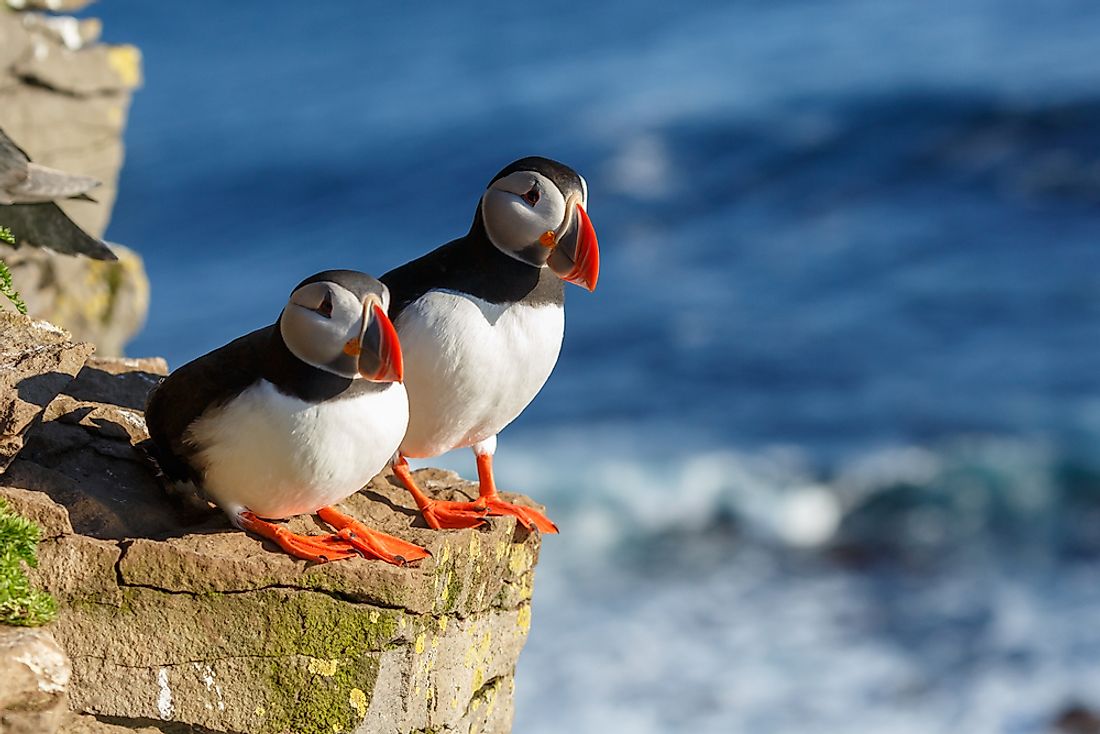
Out of the animals found in Iceland, 28 species are mammals. Before humans settled in Iceland in the ninth century, the Arctic Fox was the only land mammal inhabiting the island. Today it is flourishing with both wild and domestic mammals that were introduced by humans. The Icelandic horse and sheep are perhaps the most well-known mammals on the island, with the population of Icelandic sheep estimated to be three times more than the population of humans! This article discusses some of the mammals found on the island.
10. Puffins
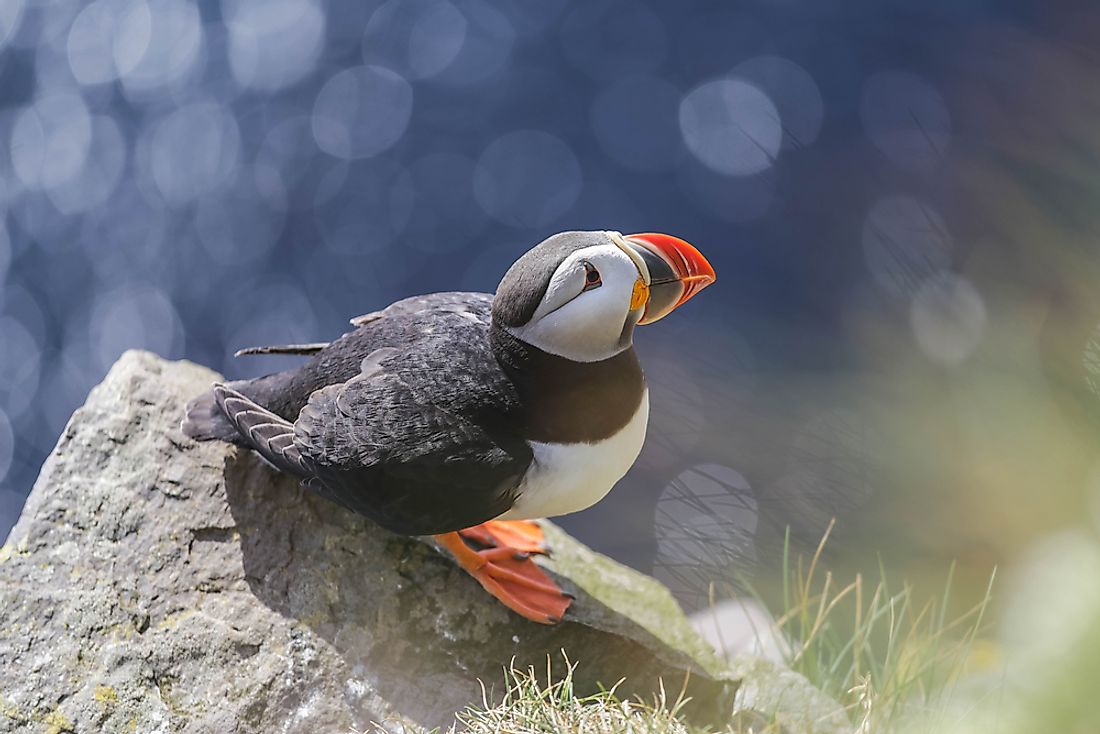
The puffin is a small species of bird. During the spring breeding season, puffins have colorful beaks. During the winter their beaks turn grey. A puffin's coat is predominantly black and white and its beak is large and resembles that of a parrot. Their main diet consists of small fish but they also feed on zooplanktons. Puffins are known to dive up to 200 feet below the water level to hunt.
9. White-beaked dolphin
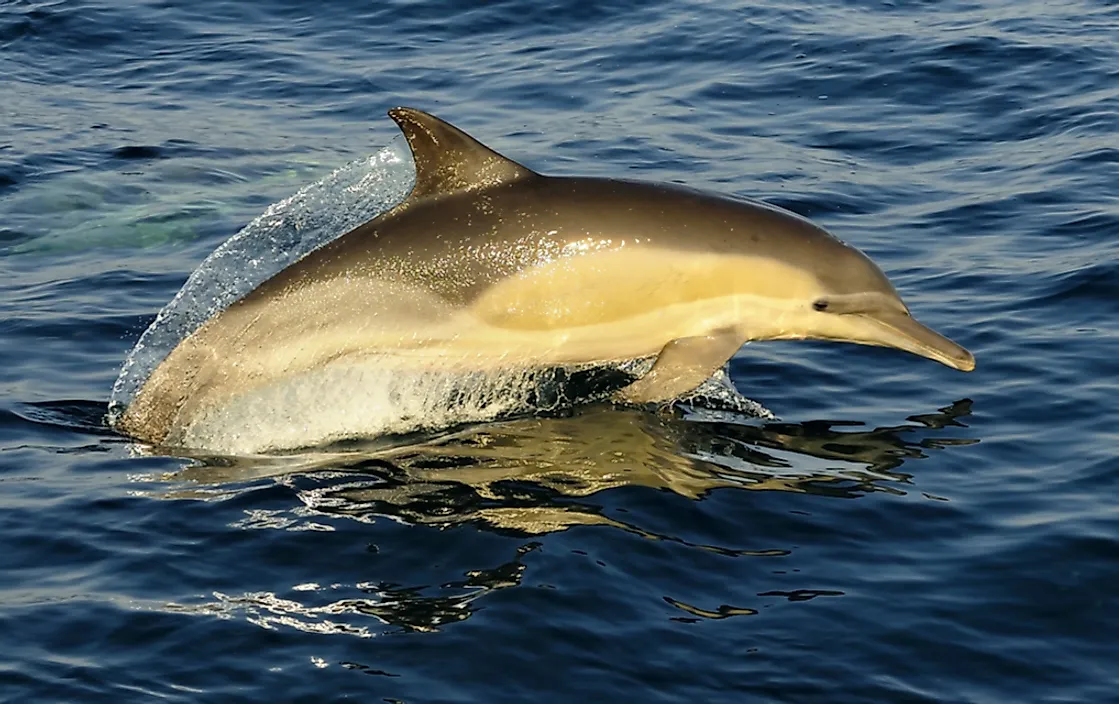
The white-beaked dolphin is the dominant species of dolphin found in Iceland. They have white or light gray sides. The male's beak is fully white while the female's beak is only white at the tip. White-beaked dolphins gather in social groups that consist of both related and unrelated members of dolphins around the same age group and in some cases the same sex. It is estimated that nearly 30,000 white-beaked dolphins inhabit the coast of Iceland. Their primary source of food is gadoid fish which include whiting, cod, and haddock.
8. Narwhal
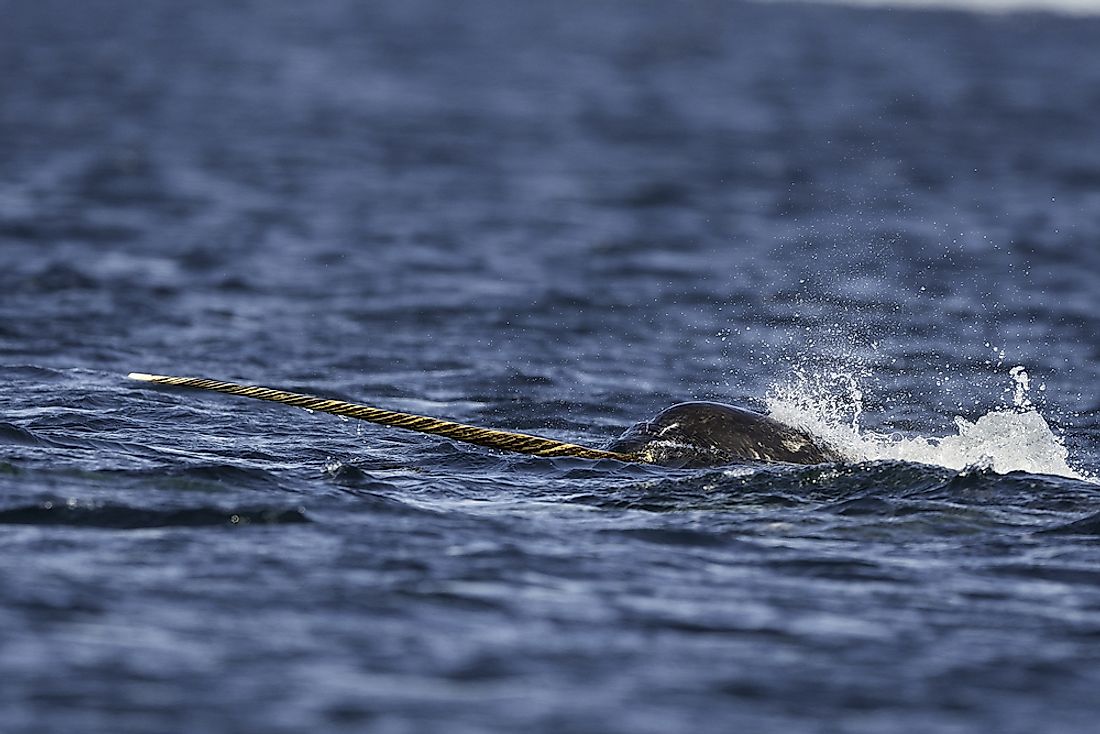
The narwhal is one of the two species of the Monodontidae family, the other being the beluga whale. Unlike their female counterparts, male narwhals have an elongated canine tooth that resembles a tusk. They are generally found in groups of 5-10. Their primary diet consists of Arctic cod, cuttlefish, shrimp, and Greenland halibut. They are threatened by humans, polar bears, sharks, and killer whales and their numbers have declined to approximately 75,000. Narwhals are known to suffocate during winter if they get trapped in blocks of ice. To avoid this, they dive to 2,620 feet during the cold period to avoid predators and the freezing temperatures.
7. Grey seal
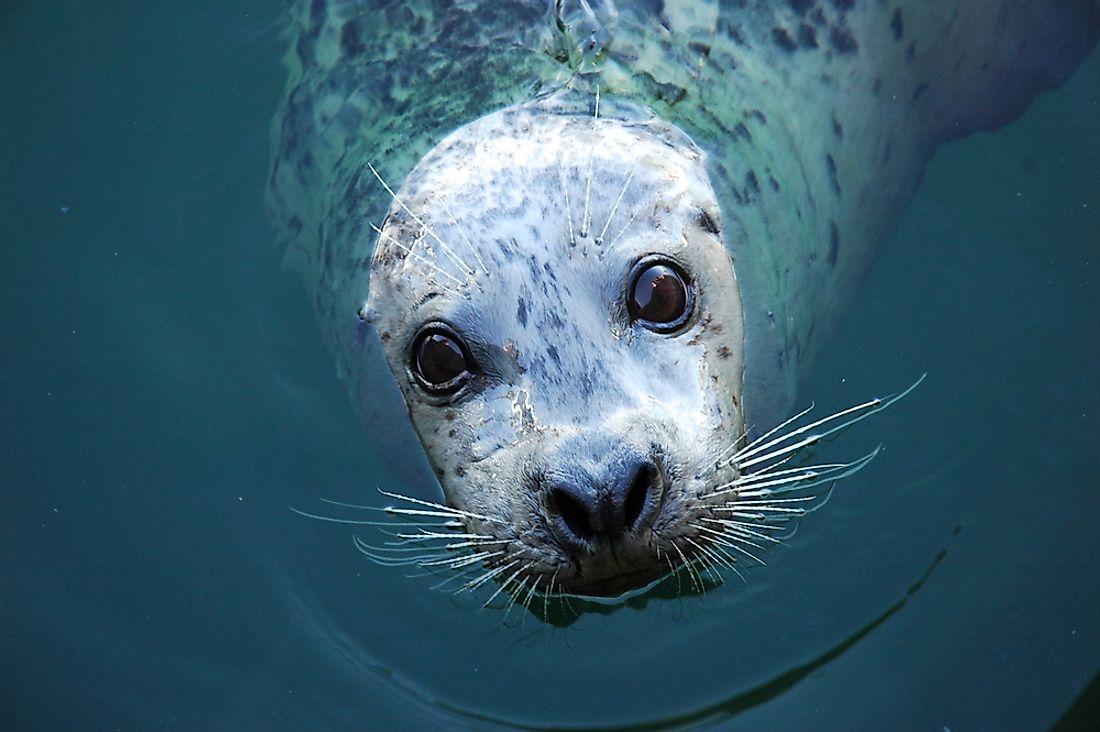
The harbor seal and the gray seal are the two species of seals that are native to Iceland. The gray seal is larger than the harbor seal, reaching 9 feet and weighing up 370–680 pounds. Gray seals can be distinguished from harbor seals by their fewer body spots, thick shoulders, and large and pointed head. They inhabit the west, south, and northwestern coastlines of Iceland. They are found in large numbers around Myrar area, Breidafiord Bay, Strandir area, and Skagi peninsula. Gray seals feed on benthic or demersal species of fish and dive up to 230 feet to hunt.
6. European rabbit
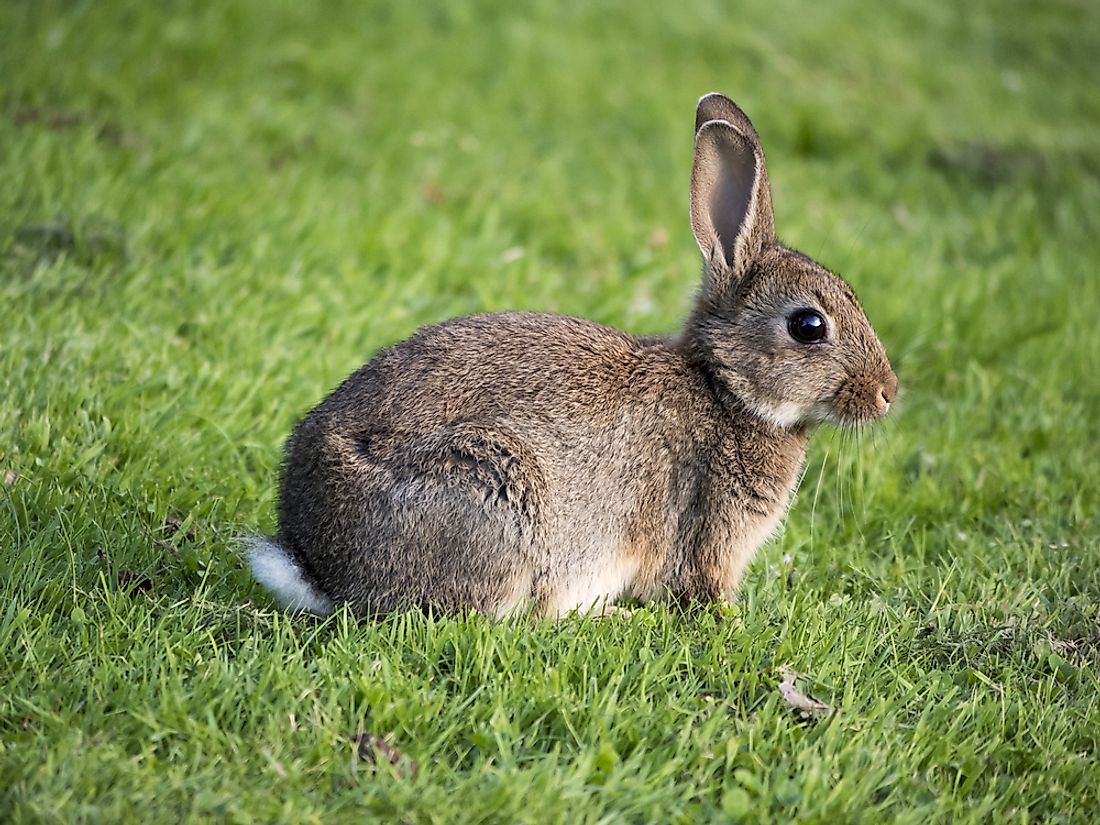
European rabbits were introduced to Iceland as humans and originally kept as pets. The majority of them were released into the wild as recently as 2010 which has caused their numbers to multiply. They are now considered an invasive species.
European rabbits are found in large numbers in Reykjavik where they cause havoc on farms, gnaw tree roots, and chew through fences. They are known to pile up on highways and cause traffic accidents. In 2014, the Reykjavik Municipality environmental department planned to completely remove rabbits from the area and impose strict regulations to those keeping them as pets.
5. Humpback whales
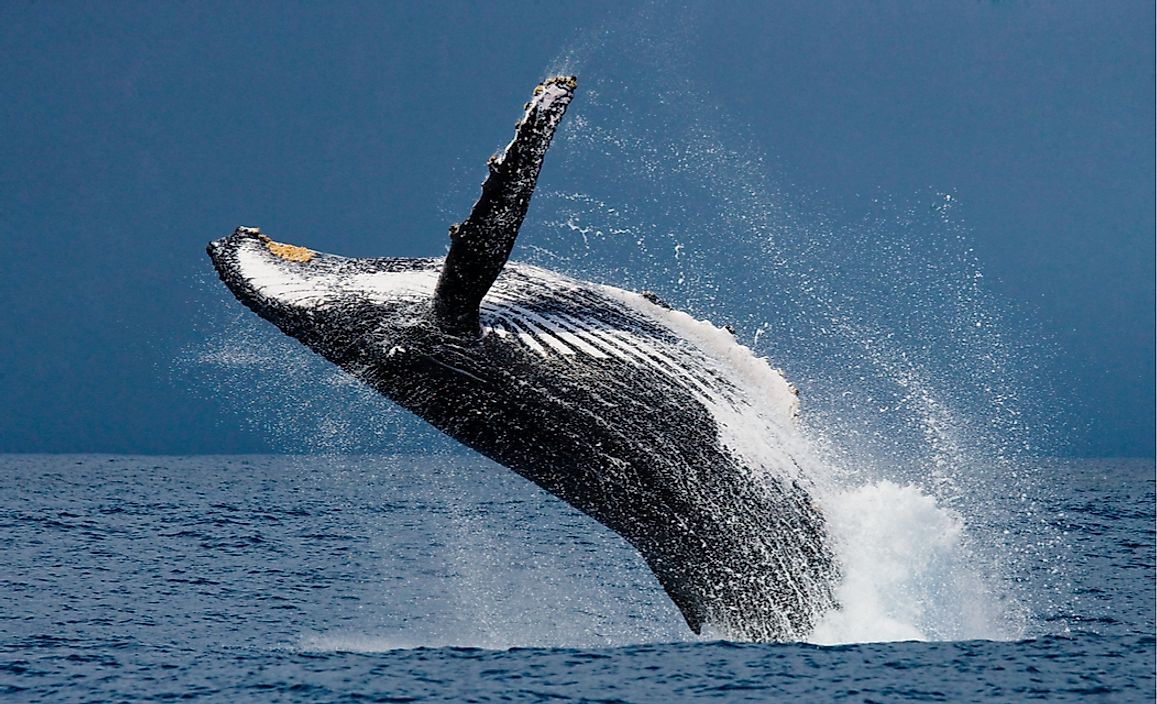
The most distinctive feature of the humpback whale is its hump and black dorsal coloring. They inhabit oceans and seas around the world. Humpback whales feed in polar water but migrate 16,000 miles to tropical or subtropical waters to breed.
They are found on the Snaefellsnes peninsula in the west of Iceland and migrate to the Mediterranean to give birth. They are curious animals and are known to move close to boats to take a look at people. The animals are able to jump and flip in an acrobatic manner exposing their bellies and tail fins.
4. Arctic fox
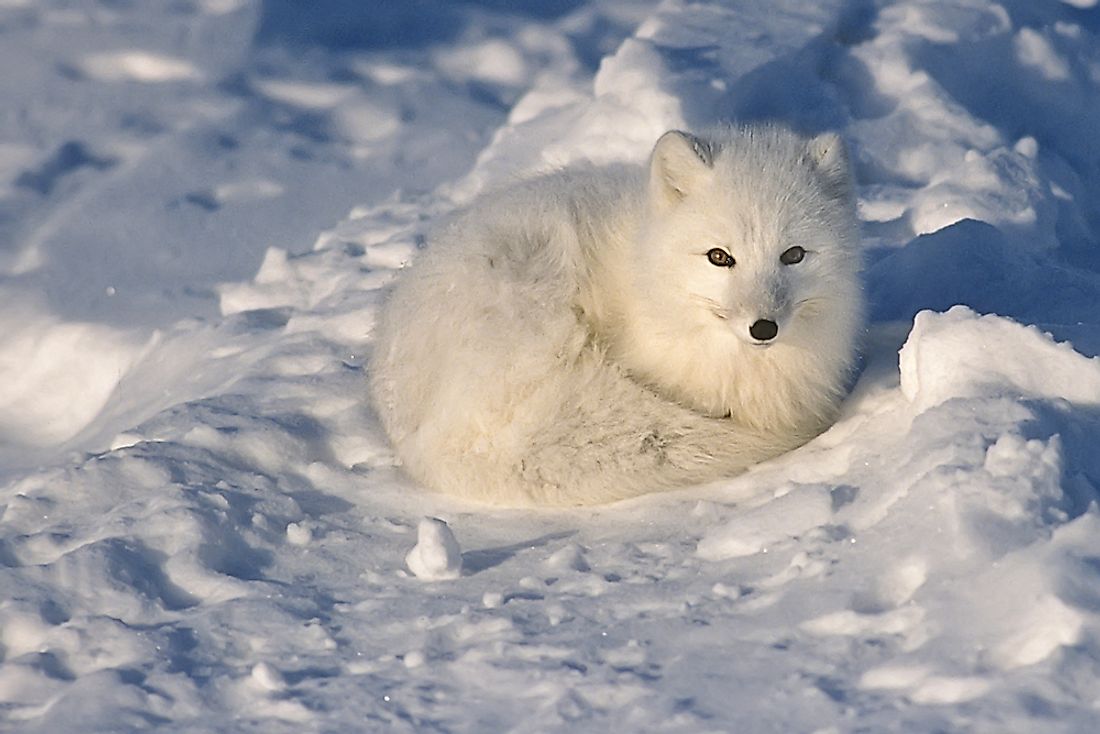
The Arctic fox is credited for being the only land mammal in Iceland before the settlement of humans. It is believed that they walked over the ice to the island but got stranded when the ice melted over 10,000 years ago. They are found in several places on the island but are concentrated in Westfjords, particularly in Hornstrandir Reserve where they are protected.
An Arctic Fox Centre was established in Súðavík in 2007 to protect and study them. In Iceland, Arctic Foxes are found in morphs, white, and blue colors. The white foxes change their color seasonally unlike their blue counterpart.
3. Icelandic dog
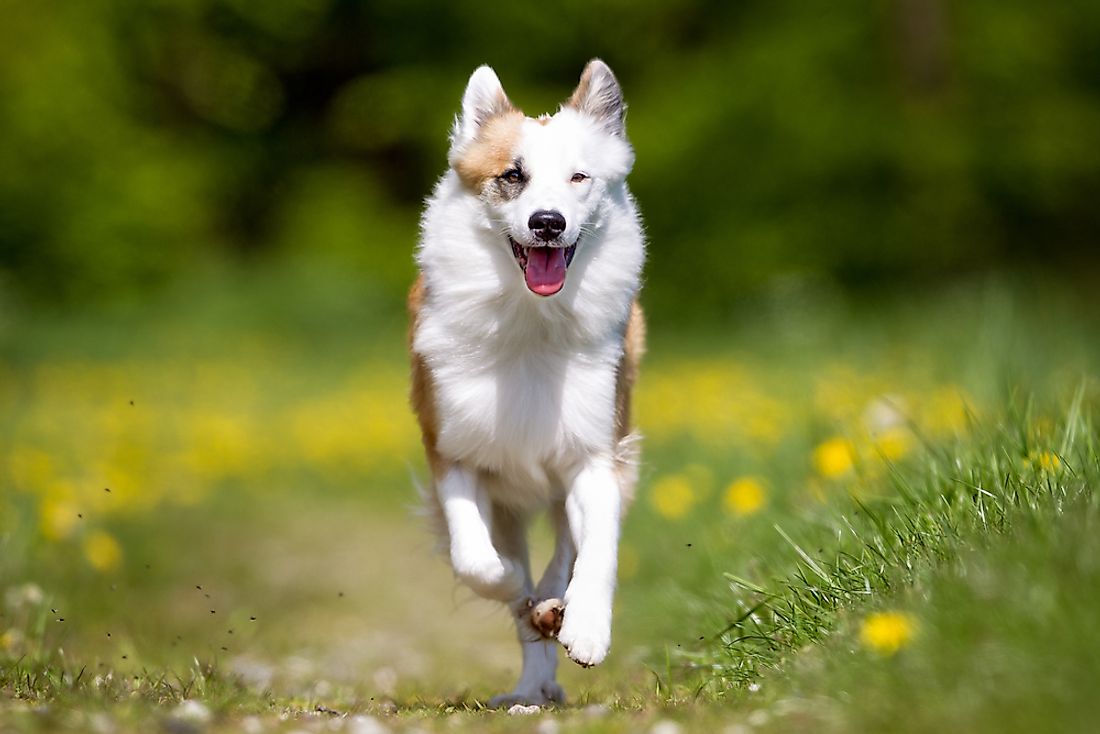
Icelandic sheepdogs were introduced to Iceland by early settlers. They are smaller than other common dogs. This breed of dog nearly became extinct in the 19th century, but a ban imposed on other species of dogs entering the country and vaccinations recovered the population. The Icelandic sheepdogs have a fluffy coat and curled tails and are known to be resilient, agile, energetic and friendly. The majority of these dogs are found in the countryside where they have developed an instinct to herd.
2. Icelandic sheep
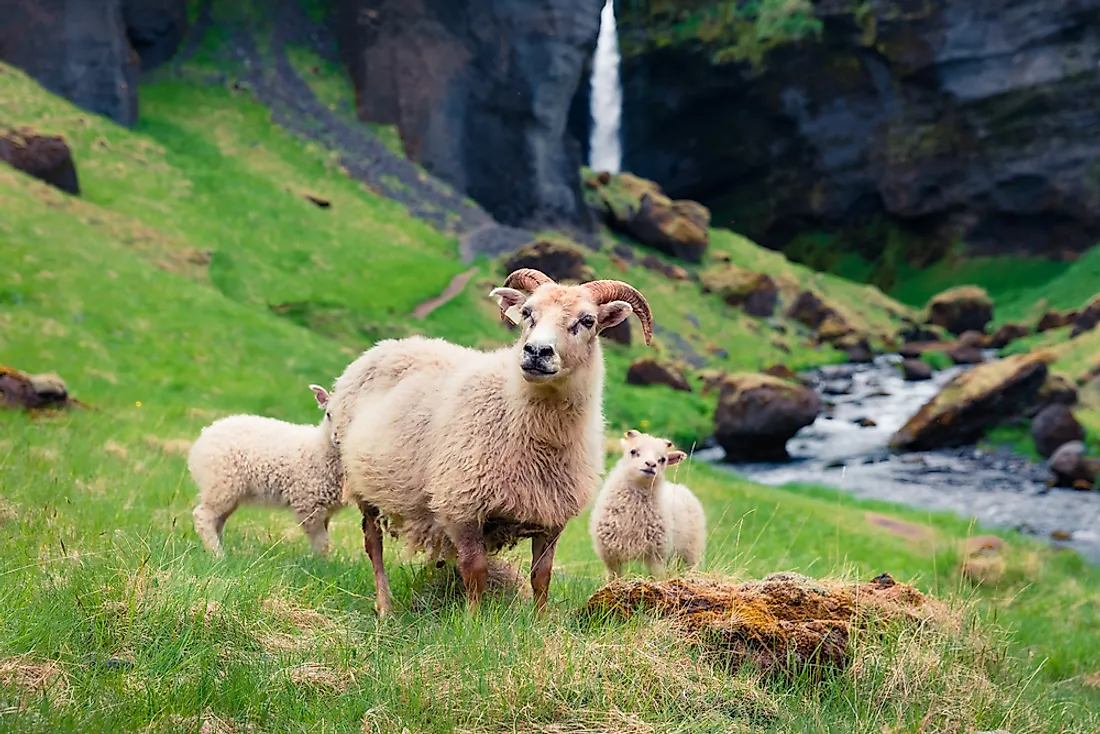
Icelandic sheep were introduced to Iceland from Norway by early settlers. There are approximately 800,000 sheep in Iceland, which is twice the number of people who inhabit the island. Their wool is used to make handicrafts such as the Icelandic sweater while the animal's meat is common in many dishes including the world famous lamb soup. According to researchers, the meat is delicious because the sheep are allowed to roam freely and naturally.
1. Icelandic horse
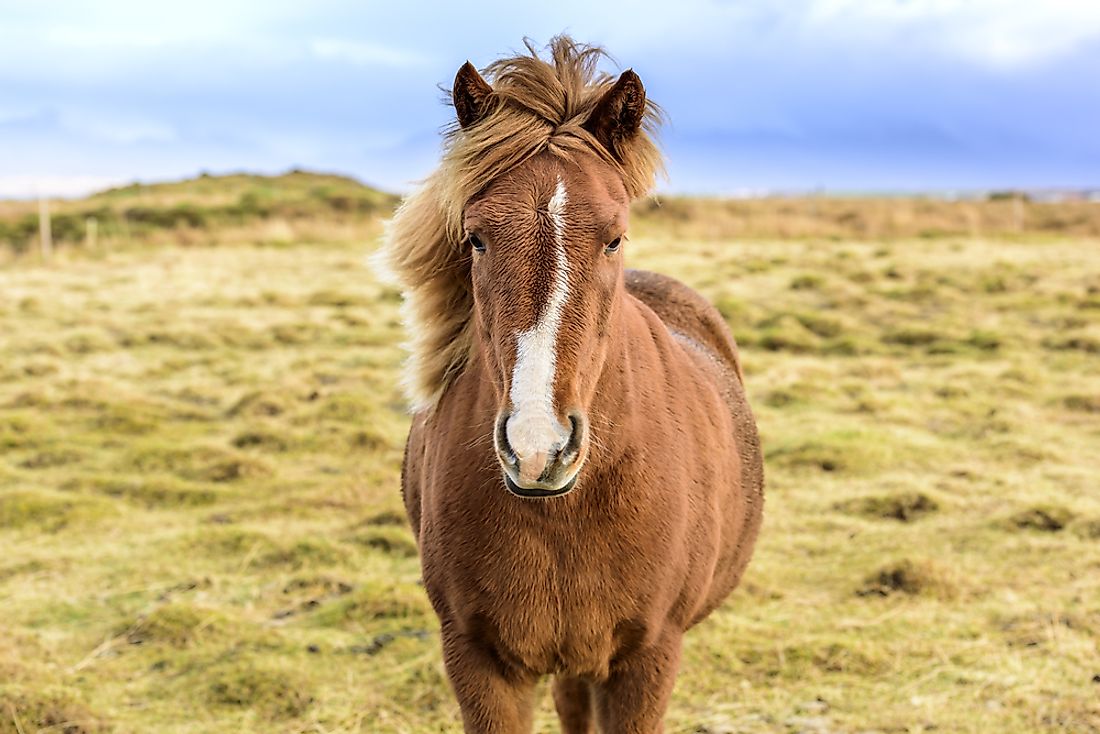
The Icelandic horse, which was introduced to the country from Norway, is more sociable and curious than other breeds of horses. Their character and appearance have made them very popular in dressage.
The global demand for Icelandic horses is high and more live outside of the country than in Iceland. Just like the Icelandic sheepdog, the Icelandic horse is susceptible to diseases, and other breeds of horses have been banned from the country. Riding the Icelandic horse is an essential for tourists visiting the island. The animals can be used for caving, snorkelling, and sightseeing.











